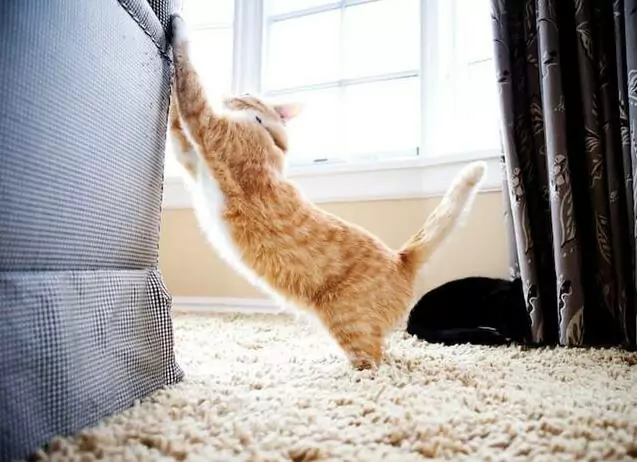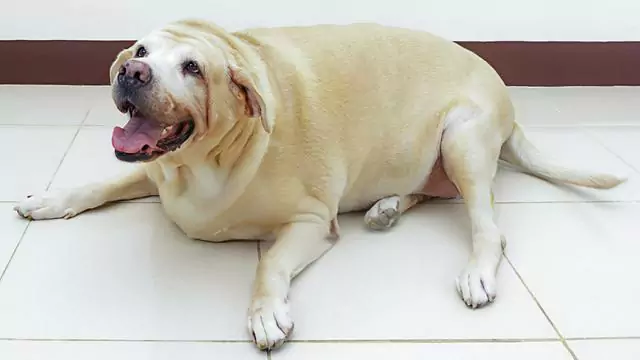How high can cats jump? Biomechanical basis of how high cats can jump - jumping muscles
2022-07-08
Few animals in the animal kingdom can match the all-around athleticism of the cat. The various feline species are among the strongest, fastest, and most agile creatures in existence. One example of their awe-inspiring ability is the cat's ability to jump.
I. How do cats jump so high?
We know that cats jump well, but what makes them jump so well? It all comes down to the way cats are built. For cats or any mammal for that matter, the ability to jump depends on how their leg bones and muscles are put together. In general, good high jumpers have long hind limbs and short forelimbs. Longer legs give the cat the ability to generate longer and harder thrusts from the jump. This allows for stronger, faster, longer jumps.
Many jumping animals, such as kangaroos, have long bones in their feet and ankles, and sometimes they have extra joints. This increases the segmentation of the leg, effectively extending the length of the leg. Although not as dramatic as the kangaroo, if you take x-rays, you will see that the cat's hind legs are longer than the front legs and proportionate when jumping.
II. The biomechanical basis for high jumping in cats - jumping muscles
The hind legs of jumping mammals also have strong muscles. The leg muscles are large and powerful, producing more force, which in turn produces better jumping performance.
Cat muscles are more effective at jumping than humans, and cats can fully activate all of their muscle fibers when jumping, compared to the average human leg muscle which is thought to be only 40% to 50% efficient at jumping.
Cats also have a much higher percentage of "fast-twitch" muscle fibers in their leg muscles than humans. This allows for faster, more explosive muscle bursts. Before you get sad that you don't have as many fast-twitch muscle fibers as cats, remember that slow-twitch muscles are what give us good motor skills.
Another feature you often see in cats and other jumping animals is a well-muscled tail. A strong, moveable tail is important for maintaining balance when jumping.
The cat jump consists of two periods. The first phase is the "preparation phase," where the cat coils its muscles like a spring, and the second phase is the "launch phase," where the cat unleashes its muscular potential.
How high can kittens jump?
Due to their small size and weakness, kittens obviously cannot jump as high as adult cats. As mentioned above, one reason is that long legs are essential for jumping high. Kittens simply do not grow into their jumping legs. Also, kittens' muscles are still developing, so they are less efficient. In addition, kittens lack the good motor skills and balance needed to achieve jumps to the limits of their abilities. But that doesn't mean some kittens won't try.
Just when you think you're putting something out of a kitten's reach, they set their best record and jump. Never underestimate a kitten's jumping ability because they will jump without realizing it just like adult cats. Be sure to keep anything harmful out of your reach.
So, how high can a cat jump?
Cats can jump up to 5-7 times their length.
For example, the cat at home is about 23cm tall, with a head/body length of about 46cm and a tail of about 30cm. this means that the cat is 46cm long, therefore: on average, each cat can jump about 2.5m!!!
That's just the average cat! The taller the cat, the higher the cat can usually jump, so have a very long cat in the run and you can easily reach a cat over 10 or 11 feet! The world men's high jump record was set in 1993. At that time, Javier Sotomayor of Spain set the record - 2.45 meters! However, it is still only slightly higher than what your average domestic cat can jump, let alone those relatively tall domestic cats. So if you think cats can jump higher than the average man, you're not only right, but you might be surprised to learn that your average house cat can even jump higher than the average male high jump Olympian!
Cats can jump, big time! However, cats need to consider these issues if they don't want to jump
However, sometimes various disease issues can cause a cat to not jump high that you need to know about and be aware of!
Jumping requires strength in the cat's hind legs and can be caused by many things, and it is not always obvious. The cat may be arthritic or may have a leg or spinal injury.
III. Reasons why cats don't want to move
When your cat is less active, you need to pay attention to whether your cat's demeanor has changed and look for other differences in behavior. This will help assess if your cat is declining or has a medical problem that needs treatment.
1. Arthritis
Arthritis is the bane of an older cat's life (in fact, almost all older cats have arthritis). However, it can occur at any age. Most cats over 10 years of age have some degree of osteoarthritis.
Cats with arthritis struggle with most physical activities. Even walking can lead to limping. You need to keep an eye on your cat at this time because the cat will not tell you it is in pain. Cats prefer not to reveal their weaknesses.
If your cat is not jumping and seems very reluctant to move, you need to manage its arthritic pain. This is usually done with supplements and massage, and providing a warm, comfortable bed may help.
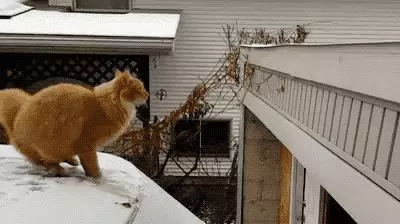
2. Overweight
Sometimes a cat's inability to jump can simply be the result of a cat's obesity problem. If your cat is carrying too much weight, it will not have enough aerodynamic performance to jump.
The ideal weight of a cat depends on the breed. Usually, a cat's rib cage can be observed by the naked eye with only a limited amount of fat, rather than seeing bread rolls in the belly. Keeping the cat's body neat is vital to the cat's health. The heavier a cat is, the harder it is to find any form of exercise. Obesity also increases the risk of associated health problems.
3. Fractures
Fractures can cause a cat to be unable to jump. If your cat is particularly hardy, it may not show. If the bone is not protruding from the body, it is difficult to assess for fractures or breaks. X-rays may be needed.
If you suspect your cat has been in an accident, have it checked out. (Cats can self-repair fractures by purring. The vibrations created by this activity promote healing. However, the bones can cause deformities to regenerate.) When the fracture is repaired, it may enable the cat to regain its ability to jump or exercise.
4. Sprains and torn ligaments
Sprains are less severe than fractures, but can severely affect a cat's ability to jump. (Think of how many basketball players have had sprained knees or ankles and torn ligaments that have led to early-career stays on loan)
Sprains and torn ligaments are usually caused by cats jumping too fast or too soon from a standing position. Cats rarely stretch their limbs before exercising, which increases the risk of injury. Sprains or torn ligaments in cats may be detected by the cat's walking posture, but the diagnosis of torn ligaments is not so simple and must be identified by MRI or CT by a more specialized doctor!
5銆丠ip dysplasia
Hip dysplasia can affect a cat's ability to move. According to veterinary radiology and ultrasound, specific breeds are more likely to occur, with Maine, Himalayan and Persian considered to be the breeds at highest risk.
Hip dysplasia can be a genetic defect or it can be caused by long-term wear and tear that can lead to misalignment of the ball and socket of the hip joint, which will result in lameness of the hind legs and loss of jumping ability. Hip dysplasia needs to be treated with lifestyle changes and pain management, and the cat must be kept quiet, jumping is not possible. In extreme cases, a hip replacement may be considered by the veterinarian.
6. Ear infections
Cats rely on their natural sense of balance when jumping. This is what enables them to make seemingly death-defying jumps. A cat's sense of balance is directly related to its vestibular system. If your cat has an ear infection, usually caused by mites, its balance will be affected and will make jumping difficult to achieve. The cat will become struggling and lose confidence in jumping.
If your cat can't jump, check its ears. Discoloration of the ears and constant scratching indicate an infection. This can make your cat uncomfortable. Luckily it is easily treatable.
7. Paw health problems
Before a cat jumps up, it needs to put its paws on the ground. This can be very uncomfortable if your cat has a problem with its claws. We all know that cats need to scratch their paws often and constantly sharpen their nails. If a cat suddenly stops scratching or sharpening its nails, its claws will grow too long. Eventually, they may puncture the paw pads, leading to painful foot infections, and is the cat's exercise as well as normal walking is affected!
In normal times, you must always check whether your cat's nails and foot pads are normal, and if your cat is very lazy and does not like to sharpen its nails, you need to pay more attention to help cut them short at this time!
8銆丠eart disease
Older cats have a greater risk of heart disease (cardiomyopathy). It is possible that your cat has been hiding for some time and it may not be so obvious. One of the most obvious signs of heart disease in cats is lameness in the hind legs.
Cats with cardiomyopathy are at risk for aortic embolism. An aortic embolism can cause paralysis in the cat's hind legs. This is because a blood clot can form and restrict blood flow to the leg.
Anti-thrombotic medications can provide temporary relief for the cat and restore the use of the legs. However, jumping will also remain cautious at best. Cats with cardiomyopathy are always at risk of developing new blood clots and need to be monitored regularly.
9. Cognitive decline in older cats
As cats age, their brains age with them. Once a cat is elderly, the risk of cognitive dysfunction in cats becomes increasingly apparent.
According to the Journal of Feline Medicine and Surgery, cognitive decline is separate from simple old age. Cats with this disease are very similar to people with Alzheimer's disease.
One of the main symptoms is disorientation. Your cat will wander around and forget what it intends to do. This can extend to jumping. The cat will suddenly forget how to jump higher. Watch your older cat carefully for signs of feline cognitive dysfunction.
Also, cat vision problems can affect a cat's ability to jump! If your cat can't jump, it may be because it can't see. Many older cats have reduced vision. Refusal to jump and difficulty passing stairs are early warning signs of cat blindness. Watch for this. If you notice these behaviors, have your cat get a vision test.
There is also a partial effect of diabetes. Diabetes is a common side effect of weight gain in cats. Diabetes can also limit a cat's ability to jump. According to the Journal of Neuropathology, cats can eventually develop diabetic neuropathy. In this condition, your cat becomes increasingly unstable on its feet. Eventually, the hind legs go completely numb. Like in humans, diabetes in cats is a serious problem. Diabetic neuropathy solutions must rely on aggressive treatment medications and lifestyle changes.
These are the most common medical problems associated with a cat's reluctance to jump. But the reluctance to jump is also a behavior that needs to be well observed. It can also be a behavioral psychological problem, such as a cat developing a lazy habit!
Was this article helpful to you?
Other links in this article
Nederlands:
Hoe hoog kunnen katten springen? Biomechanische basis van hoe hoog katten kunnen springen - springspieren
português (Brasil):
A que altura os gatos podem saltar? Base biomecânica de quão alto os gatos podem saltar - pulando os músculos
русский:
Как высоко могут прыгать кошки? Биомеханическая основа прыжка кошки в высоту - прыжковые мышцы
中文简体:
猫能跳多高?猫跳得高的生物力学基础-跳跃肌肉
中文繁体:
貓能跳多高?貓跳得高的生物力學基礎-跳躍肌肉
Comments
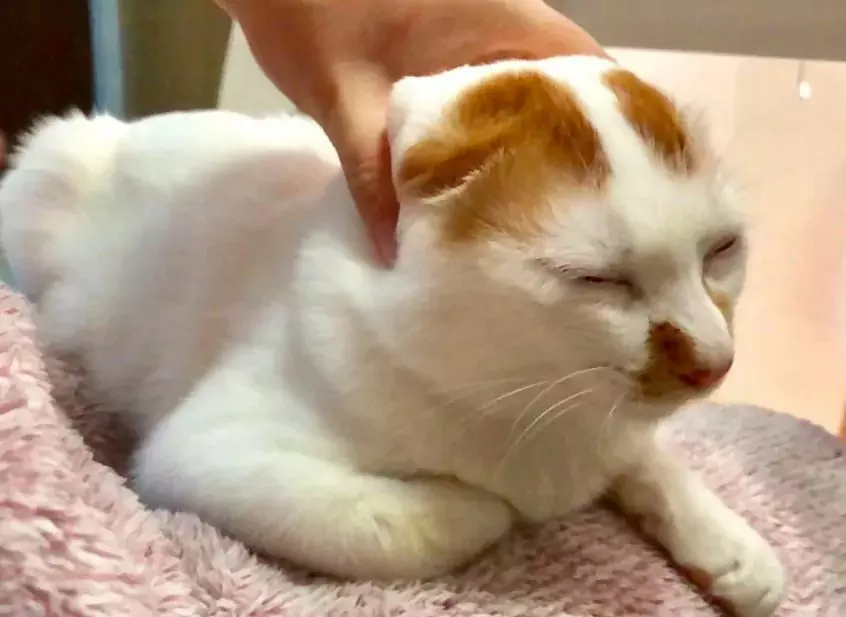
Why do cats sleep so much? How long do cats sleep in a day? Cats' sleep cycles, sleep habits, and dreaming

Why is my cat losing its hair?
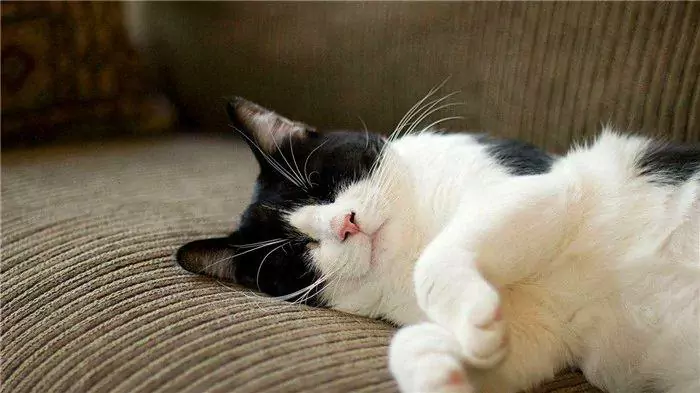
Why do cats purr?
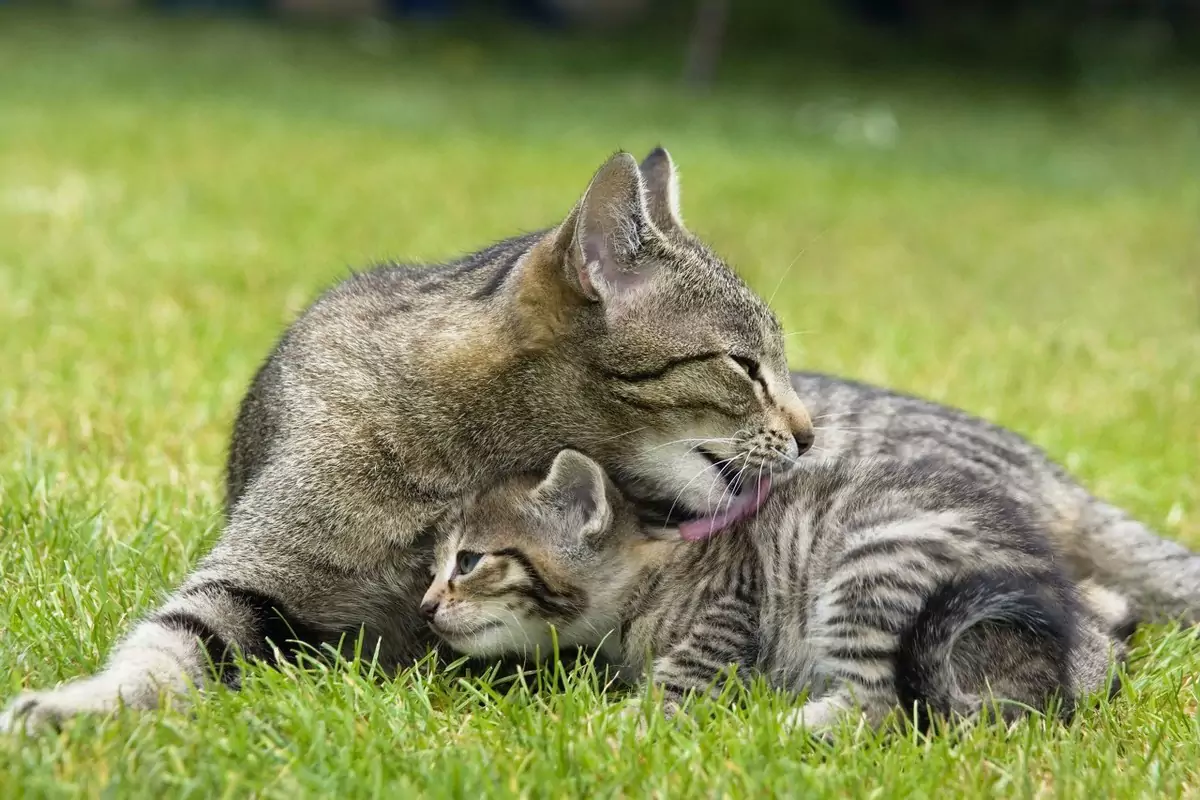
Why do cats groom each other?
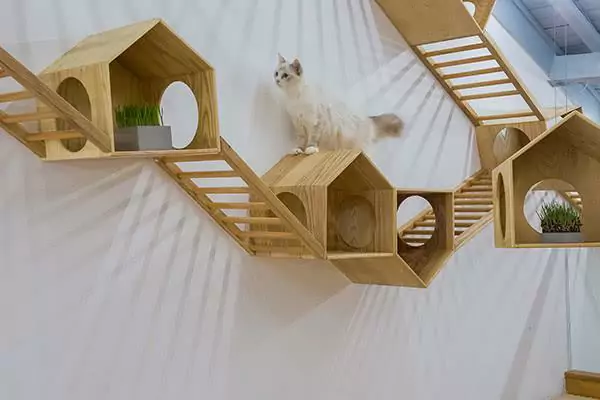
How long do cats live indoors? Do cats get lonely?
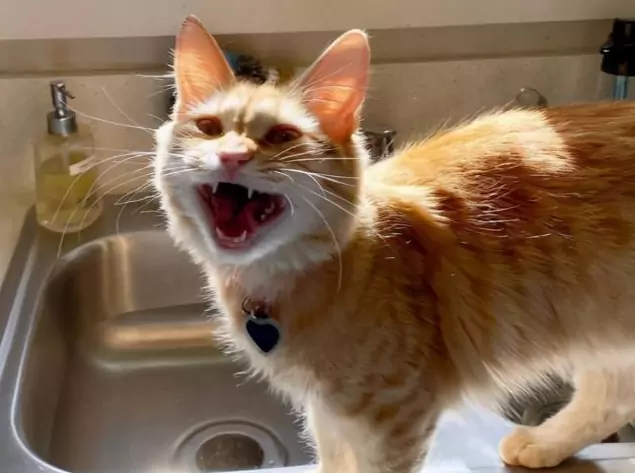
Why do cats make hissing noises? The origin of the hissing sound of cats

Are potatoes toxic to cats? What causes the onset of potato sprout poisoning in cats?
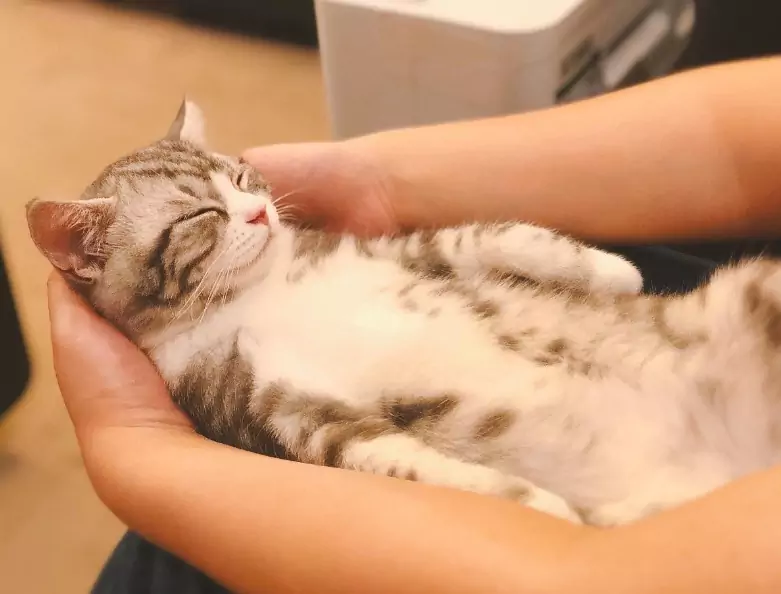
Why does my cat sleep on top of me? Reasons why cats like to sleep next to their owners
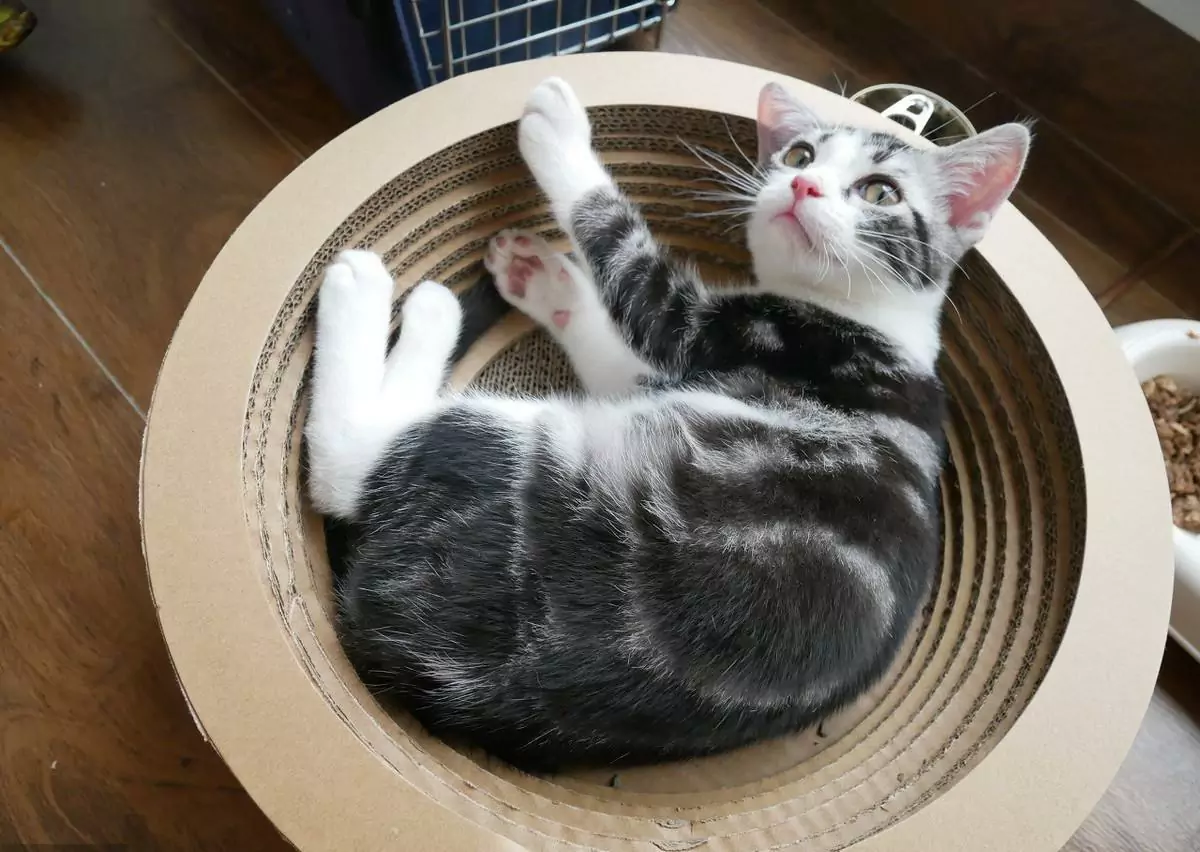
How do make cats like you? How to get cats to like us is quite simple

Can cats eat grapes? Why can't cats eat grapes?







